Physical Address
304 North Cardinal St.
Dorchester Center, MA 02124
Physical Address
304 North Cardinal St.
Dorchester Center, MA 02124
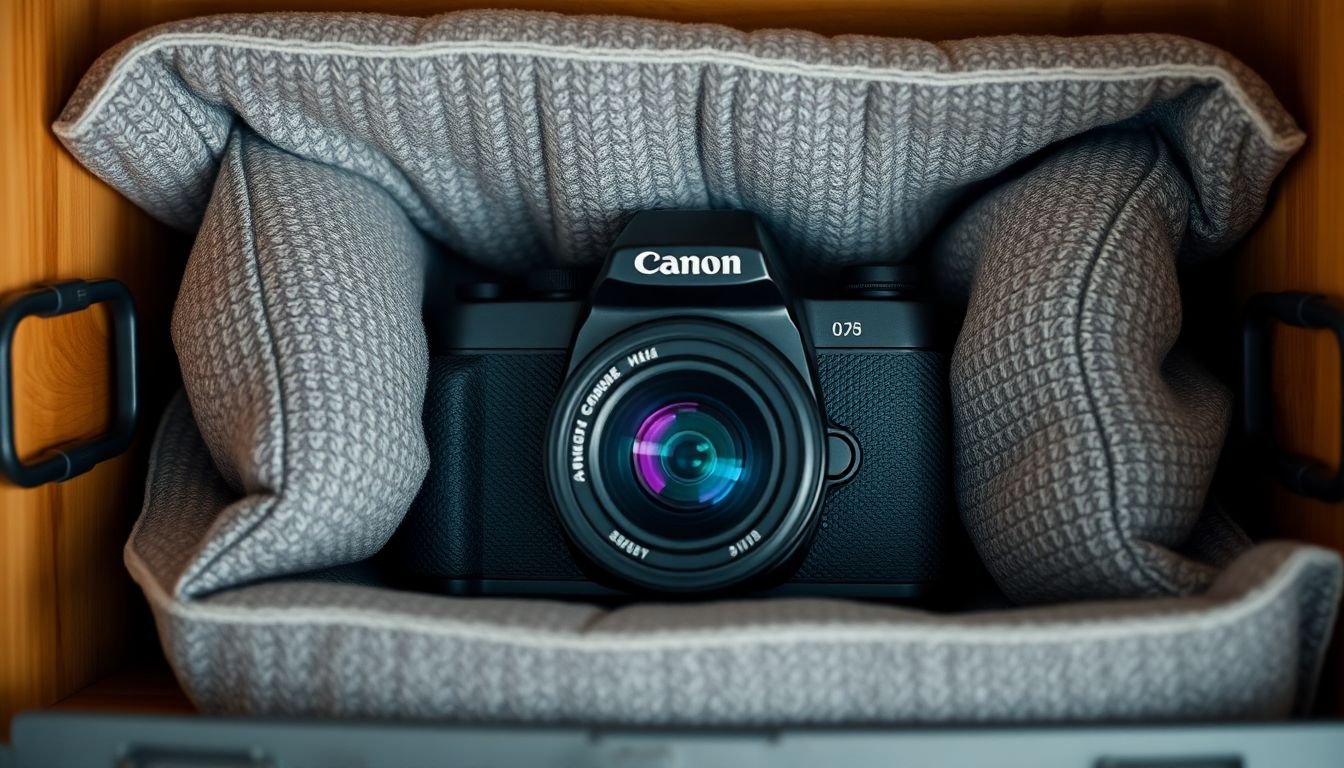
Disposable cameras are convenient, compact devices that come preloaded with film. Unlike digital cameras, disposable cameras rely on traditional film, capturing images through a chemical process that’s highly sensitive to environmental factors like light, temperature, and humidity. Each camera is designed for one-time use, meaning the film inside cannot be swapped or reloaded, so proper storage is crucial to avoid film degradation before it’s fully used.
Storing disposable cameras correctly preserves the chemical integrity of the film, ensuring that each shot comes out with the color and clarity intended. Inadequate storage can lead to issues like color shifts, foggy images, or complete exposure damage. Taking steps to store the camera in controlled environments protects against these issues and allows users to capture memories that last a lifetime.

Film is particularly sensitive to temperature changes, with the ideal storage range typically being between 50°F to 70°F (10°C to 21°C). Storing a disposable camera in a cool, stable environment helps maintain the film’s quality and reduces the risk of grainy or washed-out images. Higher temperatures can speed up the aging process of film, causing chemical instability, while very low temperatures can make the film brittle.
Exposing disposable cameras to extreme temperatures can quickly deteriorate film quality. Heat can make colors appear washed out or overly warm, while cold can lead to cracking or breaking, especially during film processing. If the camera has been exposed to temperature extremes, allow it to gradually return to room temperature before use to avoid any sudden chemical reactions in the film.
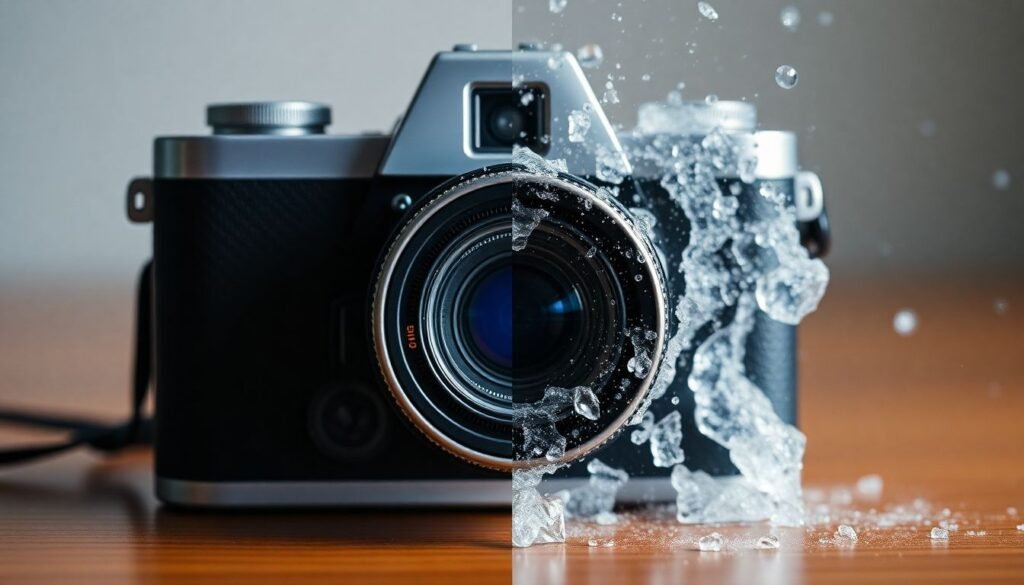
High humidity introduces moisture into the film, which can lead to mold growth, discoloration, and stickiness between film layers. Moisture damage is one of the most common causes of ruined film, so managing humidity levels is essential. Film is best stored at a relative humidity of around 30-50%, which keeps moisture levels low while avoiding overly dry conditions that can also degrade film quality.
To control humidity, avoid storing disposable cameras in damp areas like basements or attics. Instead, consider placing them in a climate-controlled room or closet. Another effective method is to use airtight storage bags or containers to seal out excess moisture. Including a small desiccant packet in the storage container can further help maintain low humidity levels and protect the film from moisture.

Film inside disposable cameras is sensitive to light, particularly sunlight and artificial light. Exposure to direct sunlight or even prolonged indoor lighting can cause the film to become overexposed, leading to washed-out images or complete loss of the captured content. Once exposed, the film cannot be undone, so it’s critical to shield the camera from light to ensure the pictures come out as intended.
The best way to prevent light exposure is to store the disposable camera in a dark area, such as a drawer or closet, away from direct sunlight. Using a cloth or opaque bag to cover the camera can also provide an additional layer of protection. For those who may not use the camera for a while, consider placing it in a completely dark container to ensure no light reaches the film.

When traveling, disposable cameras can be exposed to airport security X-rays, which are known to cause fogging and ruin undeveloped film. The higher the film’s ISO, the more susceptible it is to X-ray damage, making it crucial to protect the camera when flying. Although some X-ray machines are labeled as film-safe, it’s always safer to request a hand inspection to minimize risk.
To protect your film while traveling, store the disposable camera in a carry-on bag and request a hand inspection at security. Avoid placing cameras in checked luggage, where more powerful X-ray scanners are used. Also, consider bringing a protective lead-lined film bag to shield the camera from radiation. These simple precautions can help prevent accidental exposure and preserve your photos.
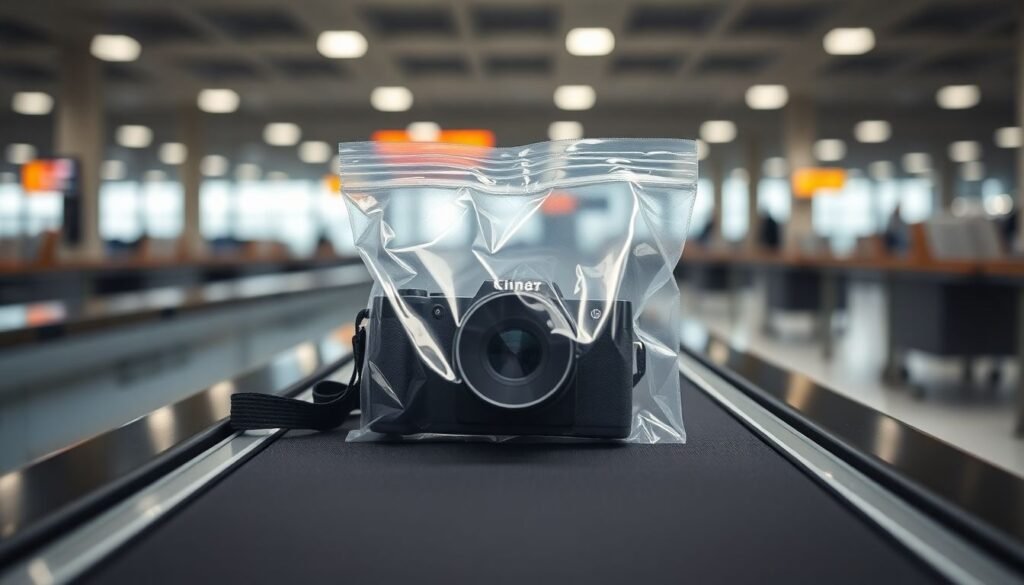
If you plan on storing a disposable camera for an extended period, finding a stable environment is key. Long-term storage requires consistent conditions to avoid gradual damage, with cool, dry spaces being ideal. Avoid frequent relocation of the camera, as moving it in and out of varying environments can lead to condensation, humidity, or temperature shocks, which can damage the film.
Airtight containers are excellent for long-term storage, as they keep out humidity, dust, and contaminants. Opt for a small, sealable plastic or metal container, preferably one lined with a soft material to prevent scratches on the camera body. Make sure the container is kept in a dark, cool space, and, if possible, add a desiccant packet for additional moisture control.

Hot and humid seasons can significantly impact film quality in disposable cameras. High temperatures accelerate the chemical reactions within the film, potentially leading to color shifts, grainy textures, or even partial exposure. If storing during summer or in a tropical climate, choose a cool, indoor area away from direct sunlight.
Closets or cupboards in air-conditioned spaces make ideal spots for these cameras. Humidity is another factor to consider in warm months. Ensure that your storage area remains as dry as possible by using dehumidifiers, if available, or by keeping desiccant packets nearby.
Cold winter conditions can also pose risks, especially if temperatures drop below freezing. Extremely cold conditions can make the film brittle and more prone to damage during handling. If storing a disposable camera over winter, select an area where temperatures remain stable, preferably at room temperature or slightly cooler, but above freezing.
Avoid storage spots near windows where the temperature may fluctuate. Allow the camera to warm gradually to room temperature before use, as sudden shifts can cause condensation, which could damage both the film and camera components.
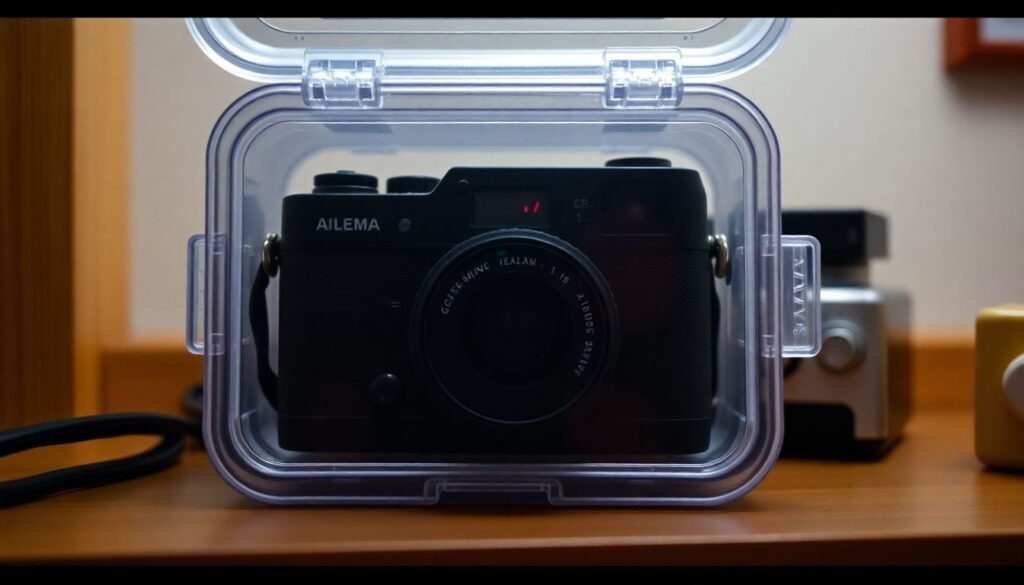
Desiccants are materials that absorb moisture from the air, helping to maintain a dry environment. These packets, often filled with silica gel, are commonly included in electronics and other sensitive goods, and they work well for disposable cameras, too.
By keeping the moisture levels low, desiccants help prevent mold growth and other issues caused by humidity, preserving the film’s quality over time.
There are a few desiccant options to consider. Silica gel packets are the most common and effective; they’re small, affordable, and easy to find. You can also use clay-based desiccants, which are eco-friendly and maintain stability at various temperatures.
Another option is calcium chloride, though this is best used in highly humid areas due to its powerful absorption capabilities. Place a desiccant packet inside the storage container alongside the camera, ensuring it doesn’t directly touch the camera lens or film compartment to avoid any potential damage.
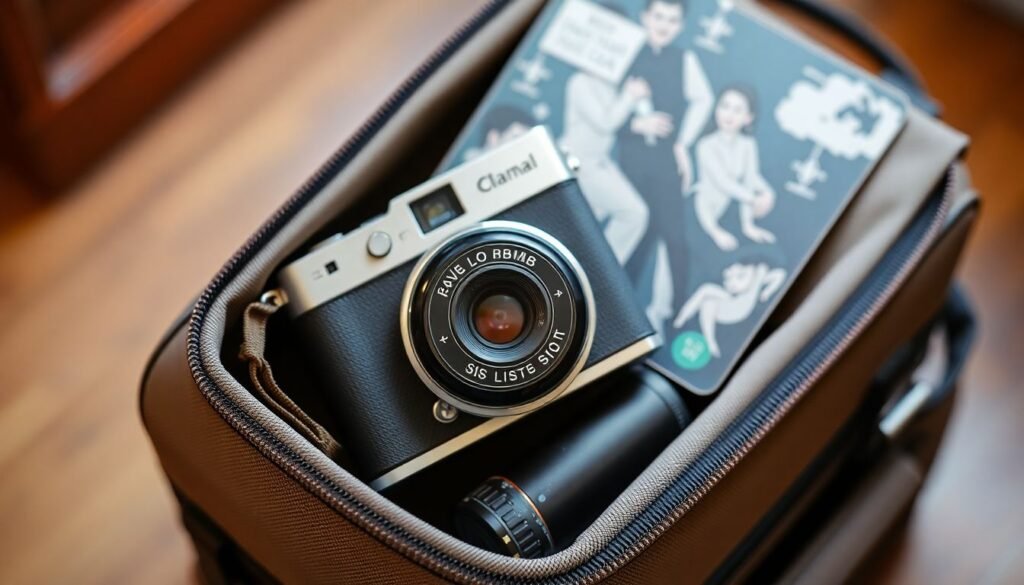
If your disposable camera has been stored improperly, there are a few signs that the film may have deteriorated. Look for discoloration on the film roll, a yellowish or faded appearance, or foggy and blurred prints, which can indicate overexposure or moisture damage. Other signs include a grainy or overly dark image, both of which are often caused by exposure to high temperatures.
If you suspect the film has degraded, there may be some hope of recovery depending on the extent of the damage. Take a test shot to see if the image quality is acceptable. If it’s severely affected, consider developing the film sooner rather than later, as further delays may worsen the condition.
In cases where the film damage is beyond repair, replacing the camera may be the best option, especially if preserving high-quality images is a priority.
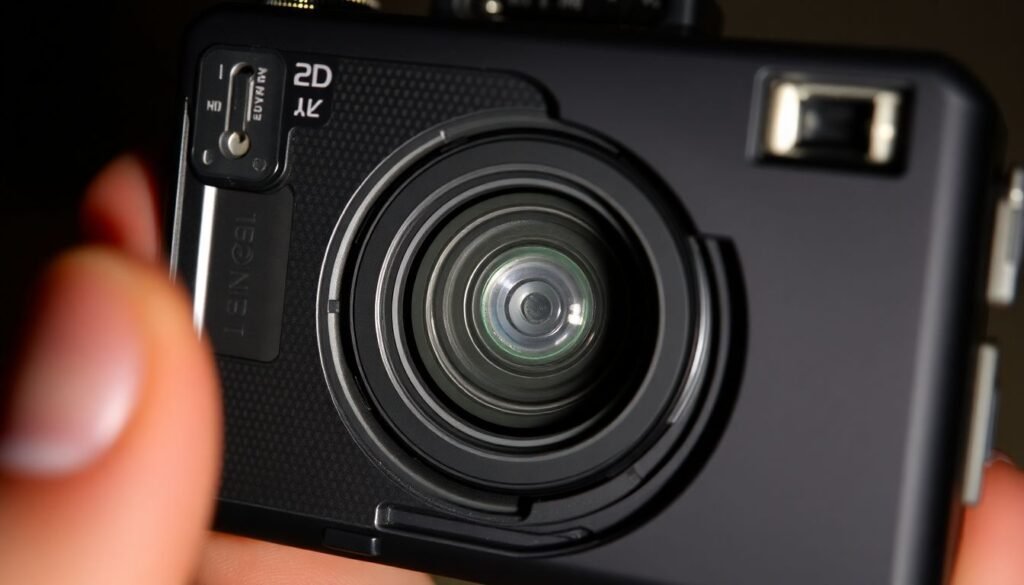
Consistency in the storage environment is essential for preserving film quality. Frequent changes in temperature and humidity, which can occur if cameras are moved from room to room or transported often, can cause chemical imbalances within the film, resulting in damaged images. By keeping your camera in a stable environment, you reduce the risks of deterioration and extend its shelf life.
Every time a disposable camera is moved, there’s a slight risk of impact or vibration affecting the film alignment. This can be especially true if it’s transported in vehicles where it may experience shocks or vibrations. To avoid potential impacts, store cameras in a padded case if movement is necessary, or secure them in a stable location to prevent jostling.

Disposable cameras have an expiration date for their film, which typically ranges from 1 to 2 years. Over time, expired film may result in faded colors and other quality issues. To ensure optimal image results, label your cameras with their expiration dates and try to use them before they expire. If you have multiple cameras, organizing them by expiration date will make it easier to remember which ones to use first.
If you use disposable cameras regularly, labeling them with specific events or dates of capture can help you keep track of when each camera was used. This organization method makes it easy to remember which camera contains which photos, allowing you to prioritize development based on when the photos were taken. Simply write the date or event on a piece of tape and attach it to the camera for easy identification.

Not all areas in the home are ideal for storing film-sensitive devices like disposable cameras. Avoid places with high humidity or fluctuating temperatures, such as attics, garages, or basements, where mold or excessive heat could damage the film. Similarly, avoid locations exposed to direct sunlight or areas close to radiators or heat sources, as both can degrade film quality over time.
For optimal storage, choose a stable environment such as a closet, cupboard, or drawer in a climate-controlled room. Bedrooms, living rooms, and hall closets are usually the most temperature-stable areas in the home, making them ideal for camera storage. Consider using a small box or storage container with a lid to protect against dust and other contaminants.

To ensure the best results, it’s a good idea to check your stored cameras periodically. By doing so, you can catch any signs of deterioration early and take steps to prevent further damage. Inspect for any visible signs of mold, moisture, or exposure to light and verify that desiccant packets are still functioning. This routine check can be done every three to six months.
Setting a reminder on your phone or calendar for your disposable cameras’ expiration dates is a great way to avoid wasted film. Consider planning photo outings or special events around these dates to ensure the cameras are used before their quality declines. By staying on top of expiration dates, you can maximize the lifespan of your disposable cameras and capture better images.
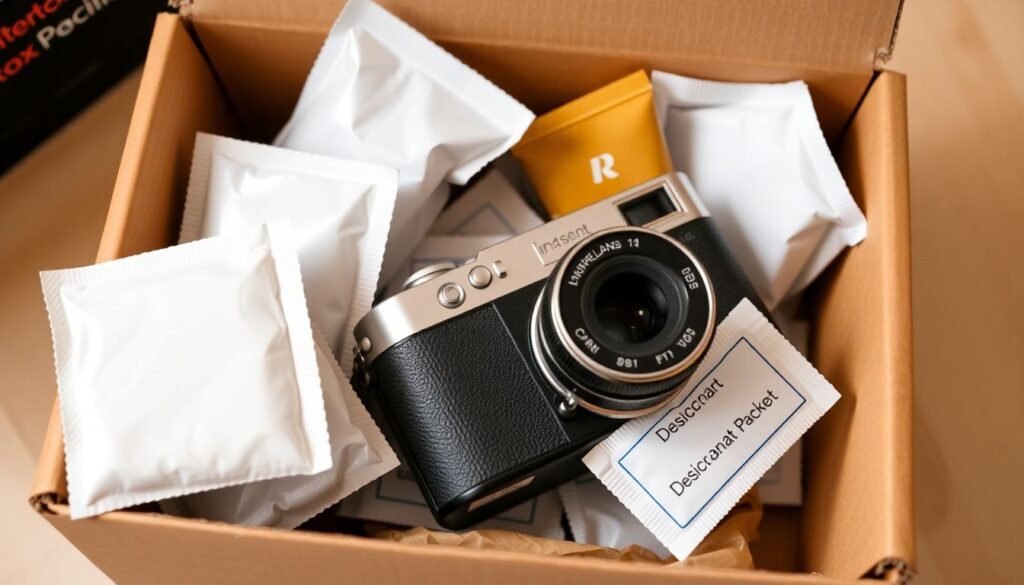
Practicing careful storage can make all the difference in the quality of photos taken with disposable cameras. Follow key practices like storing in temperature-controlled areas, shielding from light, and regularly checking the condition of each camera. These simple steps ensure that your disposable cameras will produce high-quality images and preserve your memories effectively.
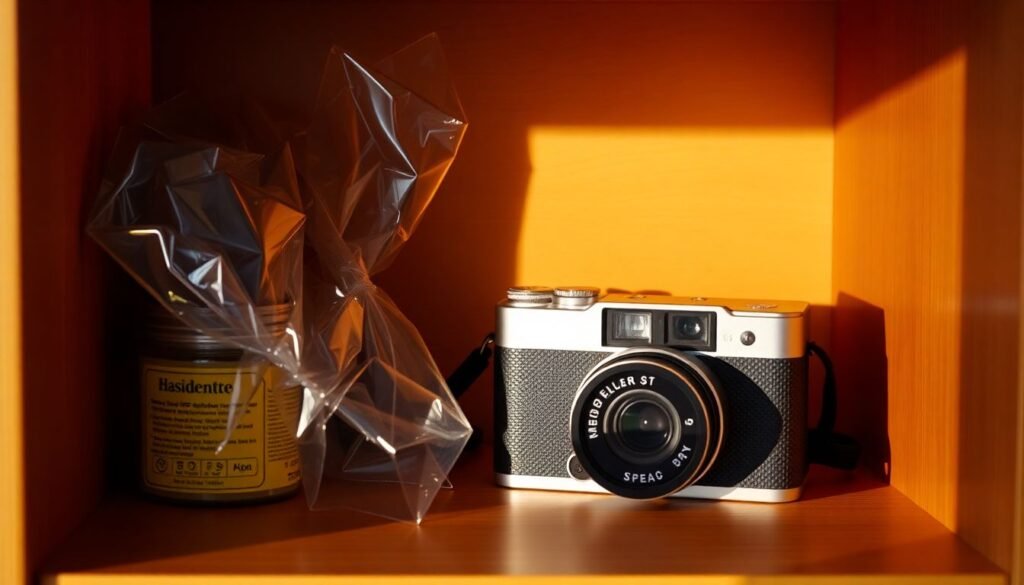
How long can I store a disposable camera before using it?
Can I store disposable cameras in the refrigerator?
What happens if I leave a disposable camera in a hot car?
Do airport X-rays ruin disposable camera film?
Is there a way to tell if the film inside my camera has expired?